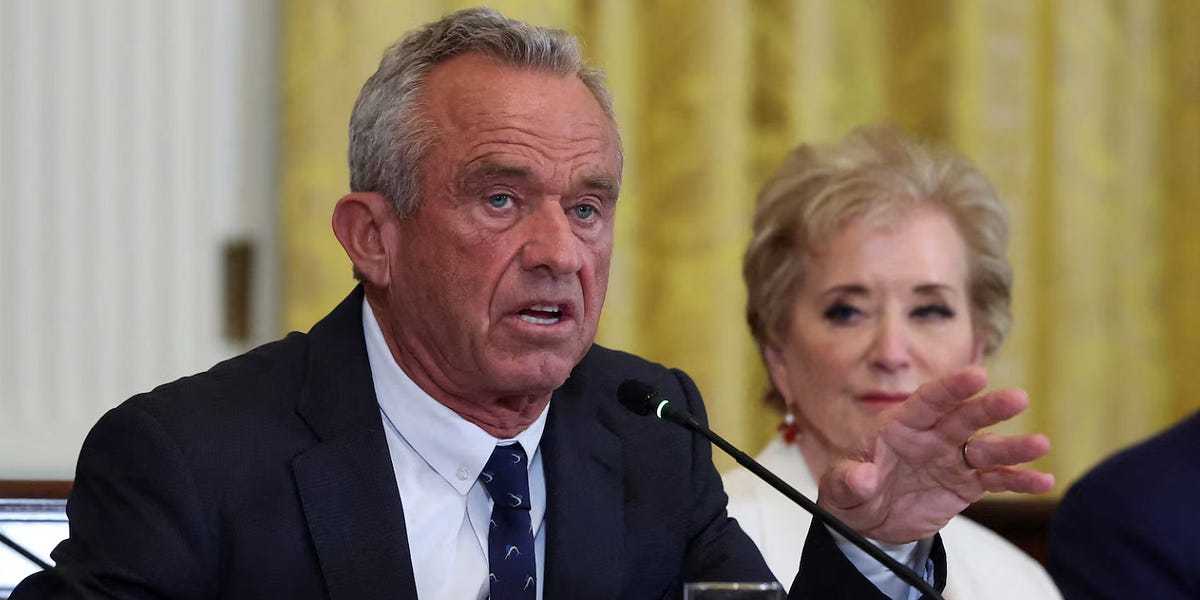Counting the cost of returning to work | Bounty Parents
Heading back to work recently after my second baby seemed so much more daunting compared to the first time around.
Sorting out everyone’s schedules felt like completing a difficult puzzle, trying to line up workdays, childcare and preschool days.
Then there’s the costs of having two kids in care. Ouch.
Many parents do the sums on how much they’ll be paying and lament, ‘what’s the point of working, when most of my income is used to pay for childcare?’
For me, I think it’s still worth it. Here’s how I looked at the financial costs of returning to work.
Childcare should be a shared expense
If you have a partner who also earns an income, you might want to look at childcare costs as a shared expense, the same way you might consider rent, bills or groceries.
It’s another cost of raising a family, which is a shared responsibility, after all.
So, when you’re doing the sums, consider the family’s total income, not just your own.
Remember, it’s not just about the money you take home, there are many other benefits of returning to work.
(By the way, this article doesn’t aim to criticise parents who don’t do paid work, of course you’ve got to do what works for your family!)

What else do I need to consider?
One of the biggest benefits of doing paid work is to keep getting payments into your super fund.
Women typically retire with far less than men (and shockingly women over 55 are the fastest growing group at risk of homelessness.)
Typically, employers and the government do not continue making superannuation contributions whilst you’re on parental leave.
The good news is that legislation has passed which means if you have a baby after 1 July this year and access government-funded parental leave, you will receive super payments of 12 per cent.
Employers are not legally required to pay super while you’re on paid parental leave, however, some choose to and you may be able to negotiate this directly with your employer.
Another reason you might factor into your decision to return to work is your long-term career.
It can be difficult to get back into the workforce after long breaks (for many reasons including skill gaps, changes in technology and even confidence).
Finally, you may just enjoy working.
Perhaps it’s the intellectual challenge, the social aspects of work, the feelings of accomplishment or just drinking a hot cup of coffee!
And that’s hard to put a dollar figure on.
So, what might it cost me to have my kids in care?
Childcare costs are not regulated and the price of childcare can vary wildly depending on where you live and what sort of care you choose.
Prices typically are lower at not-for-profit community run centres and family daycare centres, while private centre-based daycares and nannies might charge more.
According to a 2024 report from the consumer watchdog, the Australian Competition and Consumer Commission, the national average daily fee at a centre-based day care is almost $134 and $95 for family day care.
So, shop around different providers to find one you’re happy with (although parents in regional areas often have few options unfortunately).
Remember, the daily cost is not necessarily what you pay out-of-pocket.
Most families will be able to access the government’s childcare subsidy.
It means the government will pay up to 95 per cent of your fees, depending on your circumstances.
Something many parents aren’t aware of though, is there is a cap on the amount the government will reimburse you (if the childcare fees are higher than the hourly rate cap, which for centre-based daycare is currently $14.29, the subsidy is calculated as a percentage of the cap).
The family pays the gap.
I was looking at my accounts recently and what I was paying out of pocket just didn’t seem to add up to the subsidy I should have been receiving.
Most of us are quoted a daily fee, but the hourly fee changes whether your centre is open 10 or 12 hours a day for instance.
For instance, if your day care charges $180 per day, but is open 10 hours a day, your hourly fee might actually be higher (at $18 per hour) than if your centre is open 12 hours a day (at $15 per hour).
Of course, you’re typically charged for the hours the centre is open, not whether you utilise them.
So, that’s often a hidden cost and might be worth considering when choosing a centre.
But what if I have more than one kid?
If you have two children (or more) in childcare aged five or under, and a household income under about $366,000, you might receive a higher subsidy.
It’s worth checking you’re getting the benefits you are eligible for, through Services Australia.
Finally, ask your centre if it offers a discount for multiple kids attending.
Mine gives $10 off (which is better than nothing!)
There’s certainly a lot to consider when deciding whether returning to paid work makes financial sense for you and your family.

Sensible Money – a no-nonsense guide to making better money choices and gaining financial freedom, written by ABC finance reporter Emily Stewart, aka Sensible Emily, is available on 2 July, 2025.
Financial disclaimer: the information in this article is general in nature. If you need personalised advice, please see a professional.









:max_bytes(150000):strip_icc():focal(749x0:751x2)/jennifer-garner-summer-blonde-061625-2-f205b7933d8b45f7bd4780bf6b047bac.jpg)

